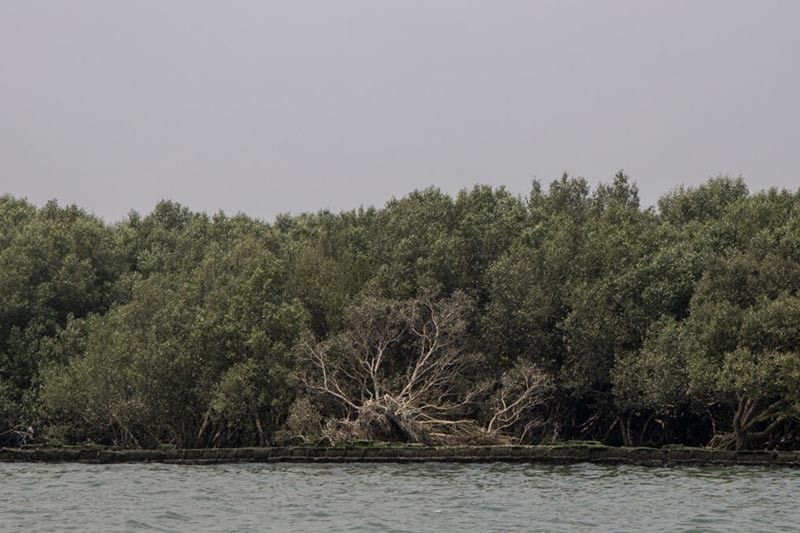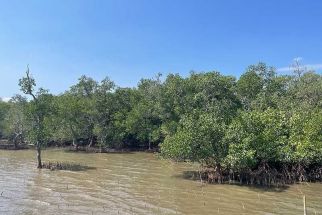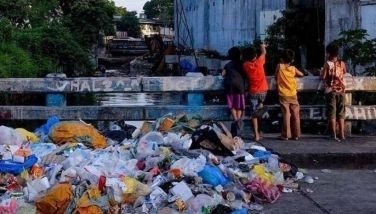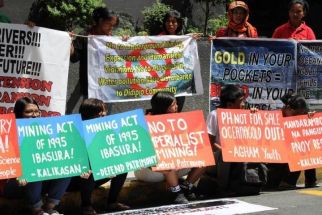Planting wrong mangrove species a risky waste of time, group says

MANILA, Philippines — A conservation organization on Tuesday called for more sustainable planting of mangroves in the country as more organizations pursue planting initiatives meant to make coastal communities more resilient to the impacts of climate change.
The cyclones that regularly batter the Philippines highlight the vital roles that mangroves play: They act as a buffer against storm surges and floods, havens of biodiversity, and sponges for planet-warming greenhouse gases.
However, some initiatives end at planting and seedlings do not mature, Mangroves Matter PH said.
"Mangrove planting activities highlight the need to restore and conserve our remaining mangrove forests, but it is ultimately more important to do this more sustainably in a sense that proper protocols were done and the number of mangrove seedlings that were able to survive are high," the organization said.
SPECIAL REPORT: Fed by the waters
Why do mangrove restorations fail?
A common mistake in mangrove planting is not choosing the right species for the appropriate site.
Most of the planting activities in the Philippines use Rhizophora mangroves, locally known as bakhaw.
According to Mangrove Matters PH founder Matthew Tabilog, bakhaw seedlings are usually planted in the seaward zone, closer to the water. Rhizophora mangroves dominate the midward zone, which is located behind the seaward zone.
Meanwhile, Sonneratia alba (pagatpat) and Avicennia spp. (api-api) are naturally thriving in the inward — or landward — zones.
Tabilog added there have been instances when bakhaw mangroves were planted in seagrass beds, which risked destruction of seagrass meadows. Seagrass meadows have their own role in protecting and promoting biodiversity.
How to get it right
Mangrove Matters PH stressed that organizations should consult experts before conducting mangrove planting "because it will just be a waste of time, effort, and resources if these projects will fail entirely."
It urged on the Department of Environment and Natural Resources to monitor mangrove planting initiatives and provide science-based mangrove planting protocols.
The organization also called on the DENR to further protect mangroves by rejecting proposed reclamation projects and applications for Environmental Compliance Certificates for them.
The Philippines had 500,000 hectares of mangroves in the past century but that has declined to roughly 250,000 to 300,000 hectares.
In a paper published by journal Science in 2015, marine scientist and renowned mangrove expert Jurgenne Primavera said that around half of the 279,000 hectares of mangroves in the country that disappeared between 1951 and 1988 were converted into fishponds.
"The call to restore mangroves should be political and backed up by science," Tabilog said.
- Latest





























